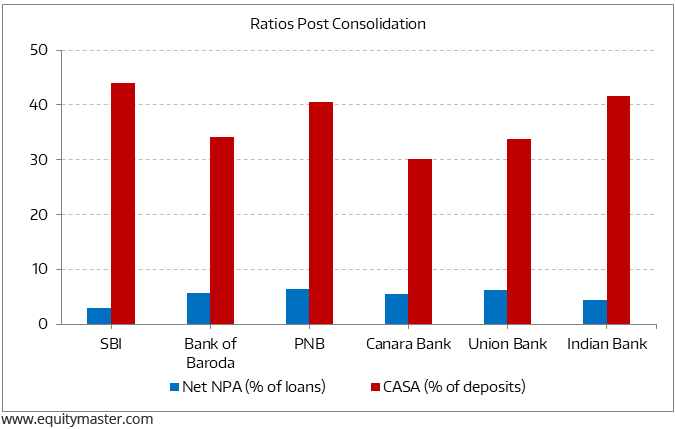India's Third Giant Leap
This Could be One of the Biggest Opportunities for Investors
- Home
- Todays Market
- Indian Stock Market News September 26, 2019
Sensex Opens 250 Points Higher; Automobile & Energy Stocks Lead Thu, 26 Sep 09:30 am
Asian share markets are higher today as Japanese and Hong Kong shares show gains. The Nikkei 225 is up 0.2% while the Hang Seng is up 0.4%. The Shanghai Composite is trading down by 0.2%.
The S&P 500 notched its biggest daily gain in two weeks on Wednesday as investors shrugged off the news of an impeachment inquiry into President Donald Trump, while Nike shares jumped on upbeat quarterly results.
Back home, India share markets opened on a positive note. The BSE Sensex is trading up by 258 points while the NSE Nifty is trading up by 75 points. The BSE Mid Cap index and BSE Small Cap index opened up by 0.4% and 0.2%, respectively.
Barring IT sector, all sectoral indices have opened the day on a positive note with automobile stocks and energy stocks witnessing maximum buying interest.
The rupee is currently trading at 70.92 against the US$.
The Indian rupee opened flat at 71.02 per dollar today versus previous close 71.03.
The Indian rupee dipped 3 paise to close at 71.03 against the US dollar on Wednesday amid rising demand for the greenback vis-a-vis other currencies overseas, even as crude oil prices eased.
Reportedly, a weak trend in domestic equities, political unrest in the US and unabated foreign fund outflows also weighed on the local unit.
Speaking of currencies, Vijay Bhambwani, editor of Weekly Cash Alerts, tells you the main reasons why not to trade commodities and currencies the same way you would trade equities. Here's an excerpt of what he wrote...
- Currencies are traded in pairs and the most liquid is the USDINR. Currencies are traded in four decimal points just as bonds are. The international derivative trader's association has indicated that forex may be traded in 6 decimals in the coming few years.
It takes months sometimes for the currency pair to pass the next round figure, say from 70 to 71.
Can you really trade commodities and currencies alike or for that matter, equities and currencies alike? Definitely not!
To know more, you can read Vijay's entire article here: Is Trading in Equities, Commodities, and Currencies the Same?
Moving on to the news from the banking sector. As per India Rating's latest report, banks are staring at a spike in their credit cost, which is set to rise in the range of 1.9-4.6% for the second half (H2) of the current financial year (FY20) as Non-performing asset (NPA) resolution crawls.
Earlier assessment, the ratings agency had estimated the system-wide credit cost floor at 1.9% and capped it at 4.4% for the second half of FY20.
For the second half, it has revised upwards the credit cost estimate for state-run banks by 30 basis points to 5.2%, while for private sector banks it is pegged at 3.2% at the same level as the previous estimate.
It added that any pickup in stressed asset resolutions may result in lower net credit cost.
It said material incremental NPA generation for FY20 and FY21 may come from the agriculture and MSME sectors.
It mentioned that with the RBI giving forbearance to MSMEs until March 2020, some of the incremental stress in this segment can show up in FY21, unless the economy picks up.
Muted rural income growth, along with announcements or expectations of farm loan waivers continue to weigh on asset quality of farm loans.
Speaking of banks, lower NPA ratio and sustenance of high CASA, in the future, could signal the banks' fitness levels to lend more.
But what could go unnoticed is the efficiency potential of the merged entities.
Post-merger, the employee per branch ratio of the consolidated PSU entities could be in the range of 7 to 9 per branch. This would be almost half that of their private sector counterparts like HDFC Bank and Kotak Bank.
India's Top 6 Public Sector Banks Are Getting Fitter
Leaner operations would mean use of technology to support growth.
So, we won't be surprised if the PSU entities leverage technology at a much bigger scale than their private sector peers, in a few years.
To know what's moving the Indian stock markets today, check out the most recent share market updates here.
For information on how to pick stocks that have the potential to deliver big returns, download our special report now!
Read the latest Market Commentary



Equitymaster requests your view! Post a comment on "Sensex Opens 250 Points Higher; Automobile & Energy Stocks Lead". Click here!
Comments are moderated by Equitymaster, in accordance with the Terms of Use, and may not appear
on this article until they have been reviewed and deemed appropriate for posting.
In the meantime, you may want to share this article with your friends!